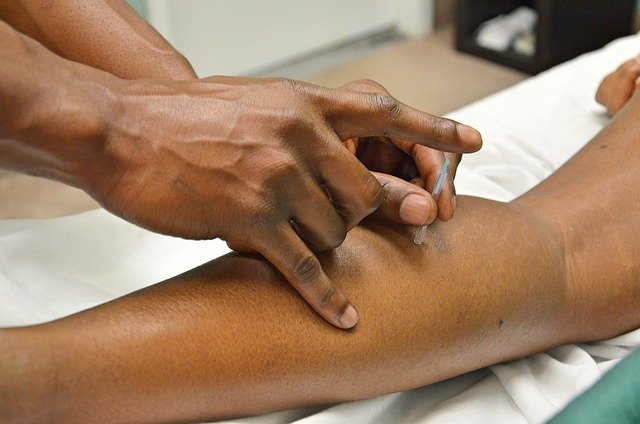Understanding and Managing Angioedema: A Comprehensive Treatment Guide
Angioedema is a condition characterized by deep swelling beneath the skin's surface, primarily affecting the face, throat, and other body parts. This potentially serious condition requires proper understanding and immediate medical attention, especially when breathing is compromised. Treatment approaches vary depending on the type and severity of angioedema, making it crucial to understand available options and when to seek emergency care.

How to Recognize Throat Involvement and Emergency Signs
When angioedema affects the throat, it requires immediate medical attention. Warning signs include:
-
Difficulty breathing or swallowing
-
Hoarse voice or throat tightness
-
Wheezing or stridor
-
Sensation of throat closing
These symptoms indicate a medical emergency, and patients should seek immediate emergency care rather than waiting for symptoms to improve.
What Are the Main Treatment Options for Skin Manifestations?
Treatment for skin-related angioedema depends on the underlying cause and severity:
-
Antihistamines for allergic reactions
-
Corticosteroids to reduce inflammation
-
Epinephrine for severe allergic cases
-
Specific medications for hereditary angioedema
-
Removal of trigger factors when identified
Managing Acute Episodes and Long-term Prevention
Acute management focuses on controlling immediate symptoms while long-term prevention involves:
-
Identifying and avoiding triggers
-
Regular medication if prescribed
-
Having an emergency action plan
-
Carrying prescribed emergency medications
-
Regular follow-up with healthcare providers
Available Medications and Treatment Approaches
Different medications are prescribed based on the type of angioedema:
| Medication Type | Primary Use | Typical Administration |
|---|---|---|
| Antihistamines | Allergic reactions | Oral tablets |
| C1 inhibitors | Hereditary angioedema | Injectable |
| Kallikrein inhibitors | Hereditary angioedema | Injectable |
| Bradykinin receptor antagonists | Acute attacks | Injectable |
Prices, rates, or cost estimates mentioned in this article are based on the latest available information but may change over time. Independent research is advised before making financial decisions.
Emergency Care and When to Seek Help
Emergency treatment is necessary when:
-
Throat swelling occurs
-
Breathing becomes difficult
-
Swelling is severe or rapidly progressing
-
Previous episodes have been severe
Always maintain communication with healthcare providers and have an emergency plan in place.
This article is for informational purposes only and should not be considered medical advice. Please consult a qualified healthcare professional for personalized guidance and treatment.





